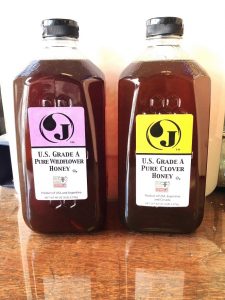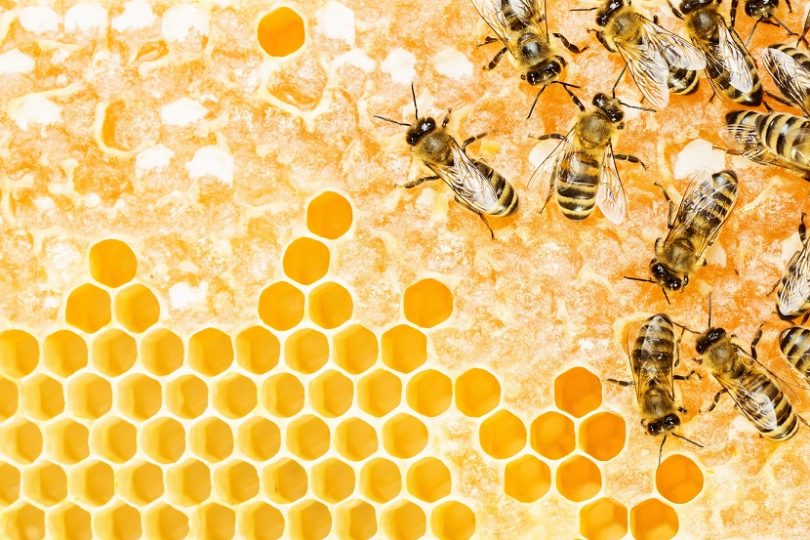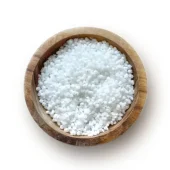In the 1380’s while writing the Canterbury Tales, Geoffrey Chaucer coined the phrase, “Busy as a bee.” This ancient comparison of women to bees is fairly apt, as every single worker honey bee that gathers nectar and pollen from flowers is female. The activity surrounding a bee’s daily tasks seems exhausting, but their determination, day in and day out, is commendable. As children, we learn early on the basics of bees, pollination and making honey but if you’re curious like I am, digging deeper to discover the intricacies of the full process can be downright fascinating.
Identifying precisely when honey made its debut in history is difficult to pinpoint. As early as 7000 B.C., cave paintings depicting beekeeping have been recorded. However, fossils of honey bees date back about 150 million years. In Cairo, the earliest record of actual bee keeping was discovered in
a sun temple dating back to 2400 B.C. Egyptian hieroglyphs often featured bees symbolizing royalty.
Not much has changed in the age old natural production of honey. Honey bees collect nectar from the glands in flowers called nectaries when in bloom. Subsequently, bees also collect pollen which results in pollination; the prerequisite for fertilization which allows the flower to develop into seeds. This multi-functional creature flies from the hive, sometimes several miles a day, foraging for nectar and pollen. Using her long, tube-like tongue, called the proboscis, she extracts the nectar and stores it in a honey sac, or second stomach, until she returns to the hive. The nectar collected is a sweet, viscous liquid, comprised of 80 – 90% water and the rest sugar; a breakdown of 55% sucrose, 24% glucose and 21% fructose. The honey stomach or sac holds almost 70 mg of nectar when full, and weighs almost as much as the bee does! Visits to 100 – 150 flowers are necessary to fill the bee’s honey stomach.
Once full, the bees return to the hive and pass the stored nectar to other worker bees. Younger worker bees’ responsibilities are to receive the nectar from the foraging bee, which mixes with proteins and enzymes produced by the bee converting it to honey. This process is called inversion. Left in its natural state, the nectar would ferment. The process of inversion creates a usable and efficient energy material. The bees then drop the honey into the beeswax comb, which are hexagon shaped cells made of wax, also produced by the bees. At this point, all these amazing worker bees hover furiously above the beeswax comb, beating their wings and fanning the nectar to evaporate the remaining water content. The sugars thicken into honey as the water evaporates. When the bees are satisfied with the consistency of the honey, the hive bee caps the beeswax cell, sealing the honey into the honeycomb for later, winter consumption.
At this point, bee keepers intervene in the process to collect the honey from the honeycombs by breaking off or removing the wax seals. The capping wax is also collected for use in making candles, soaps and 
Jedwards International is currently offering both Honey – Wildflower (J1200) and Honey – Clover (J1100) at a special discounted price of $9.90 for a 5 pound bottle. Clover honey is the lightest material in color and has a characteristically sweet honey flavor. Wildflower honey carries a rich characteristic honey flavor, yet is not considered as sweet as Clover honey. Jedwards International also offers Honey – Organic (J1300) which is a certified organic material produced in Brazil. It is darker in color than clover honey, carrying a rich and flavorful characteristic taste.





